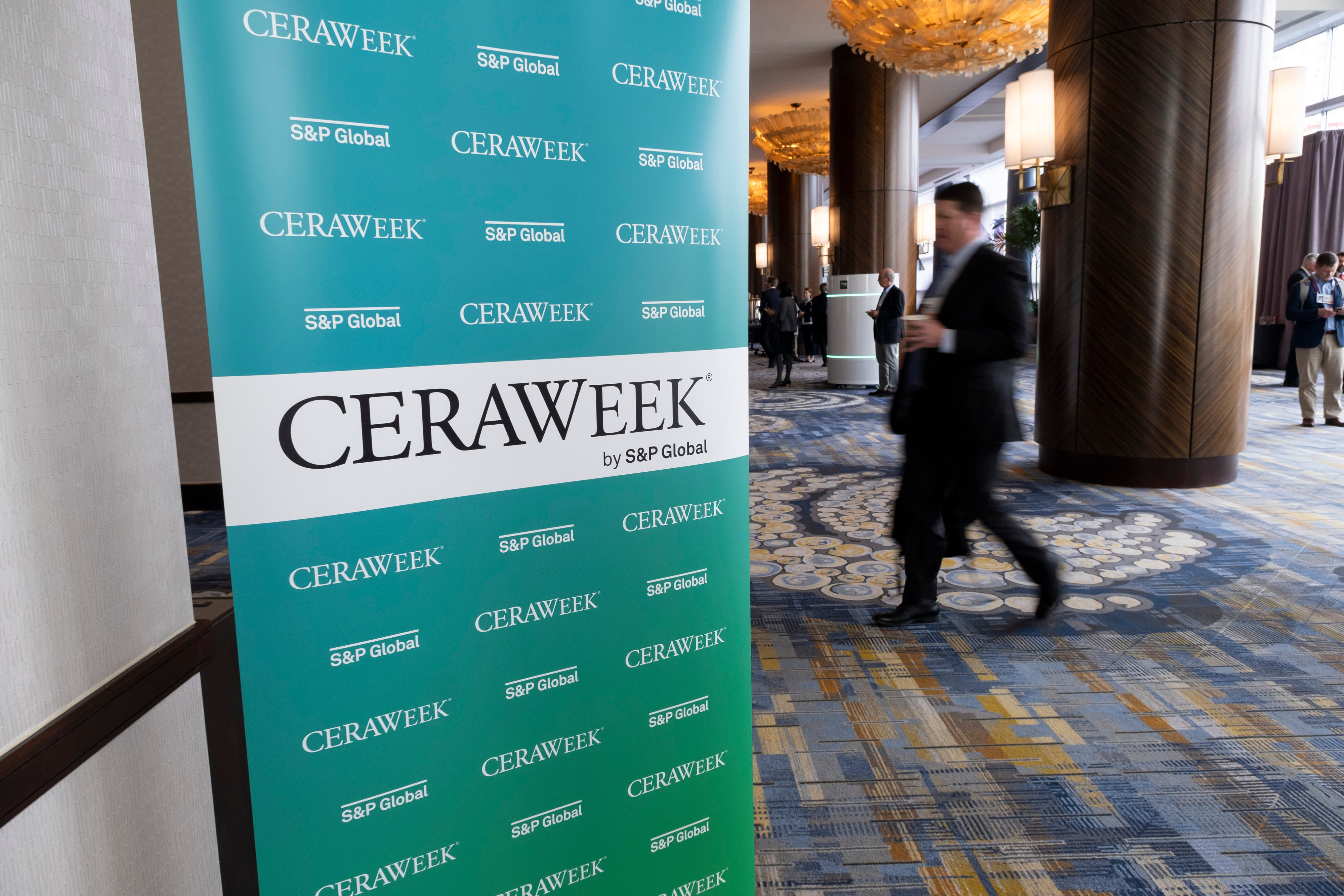Here's how much money you need to afford rent in the 15 most expensive U.S. cities
Based on rent costs being 30% of your household budget, you'll need to earn nearly four times the income of a typical American to live in these 15 U.S. cities.

You'll need to earn at least twice as much as most Americans if you want to rent an average-priced apartment in the most expensive U.S. cities, a new analysis finds.
In just under half of the 50 most-populated cities in the States, the cost of housing is unaffordable to most renters, according to a study by Apartment Guide, a rental search website. This finding is based on the idea that rent costs should only be 30% of a household budget, which is a common rule of thumb recommended by personal finance experts.
The following rankings are the most expensive cities based on how much salary you'd need to keep rental costs at 30% of your overall income:
With rent prices soaring since last year, affordable rent in already-expensive cities like New York, Los Angeles and San Francisco has been put further out of reach.
New York City leads the rankings: Renters there would have to make $254,040 for rent to only comprise 30% of their budget. That's nearly four times the annual median income for households, which is $64,994 according to the most recent U.S. Census Bureau data.
And out of the 10 most expensive cities, eight would require twice the annual median income to keep rent costs at 30%.
Large coastal cities dominate the top of the rankings, while smaller cities in the middle of the country tend to have lower rent costs. The lowest-ranked city is Wichita, Kansas, where residents only need to make $28,741 for rent costs to be 30% of their total budget.
However, it's worth noting that people in large, expensive cities tend to earn more money compared to cities in states where both income and housing costs tend to be lower, on average.
Rental data for the rankings is based on Apartment Guide's rental property inventory for one- and two-bedroom units from July 2021 to July 2022. The rent prices are an amalgamated average based on the number of available units.
Because it's an average measure across two types of units, rental prices will likely skew higher than what most people pay, due to a small number of high-earning renters paying well above the median price.
The top 50 cities by population are based on current U.S. Census Bureau population estimates.
Sign up now: Get smarter about your money and career with our weekly newsletter
Don't miss: Will student loan forgiveness make inflation worse? Here's what economists say


 AbJimroe
AbJimroe 































